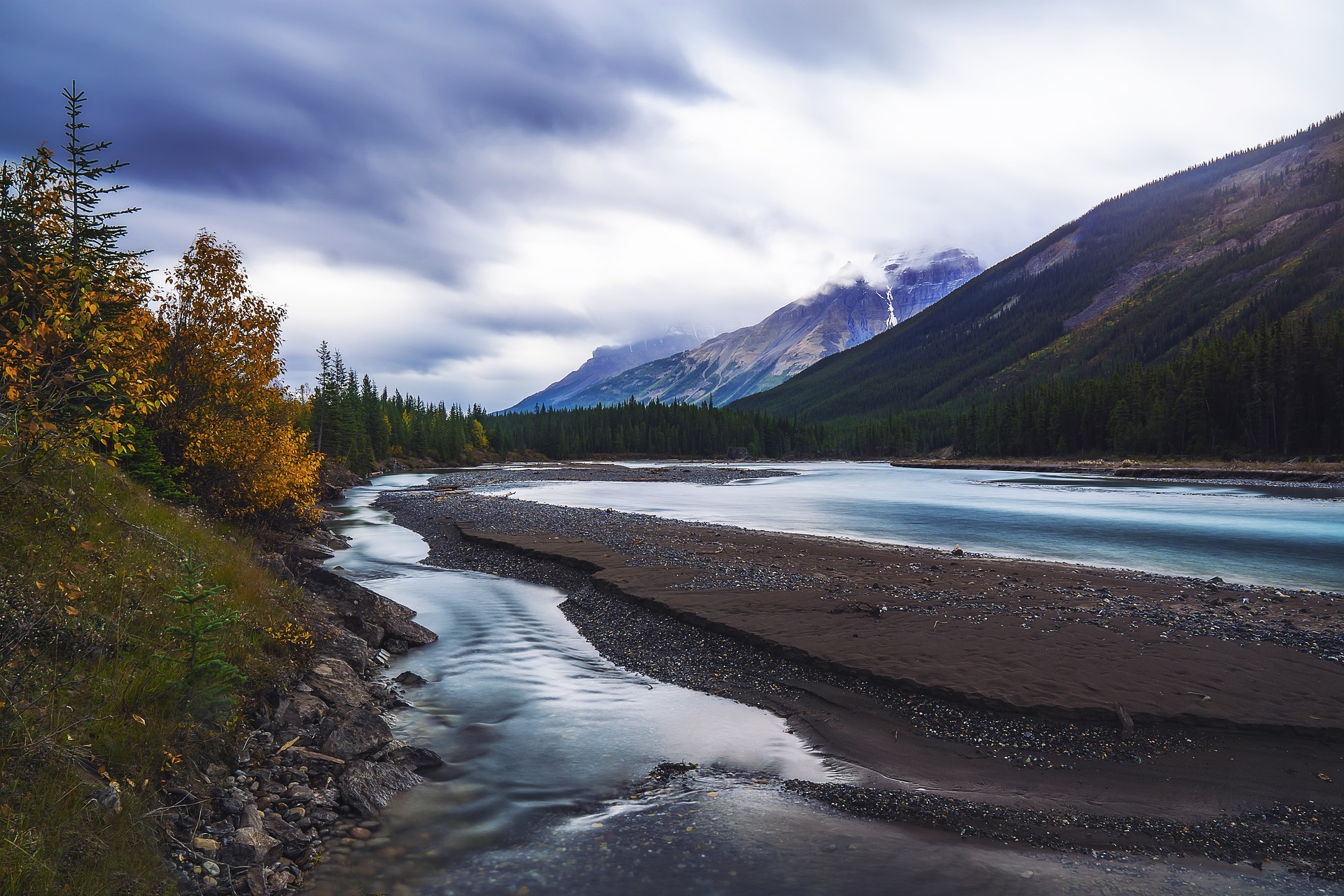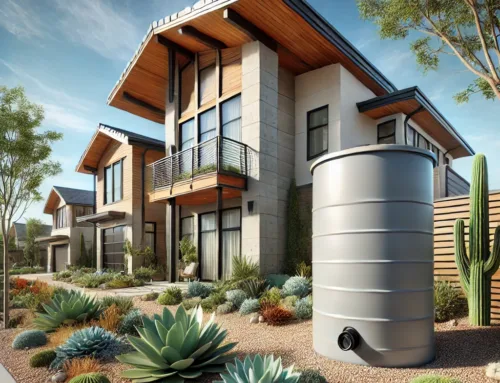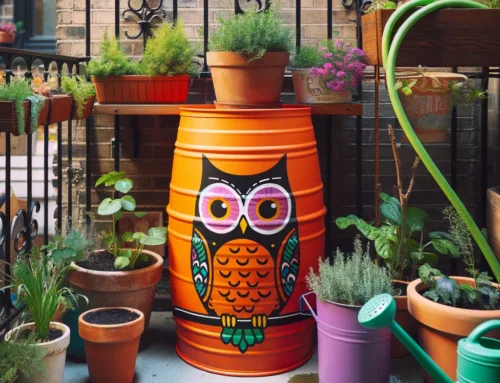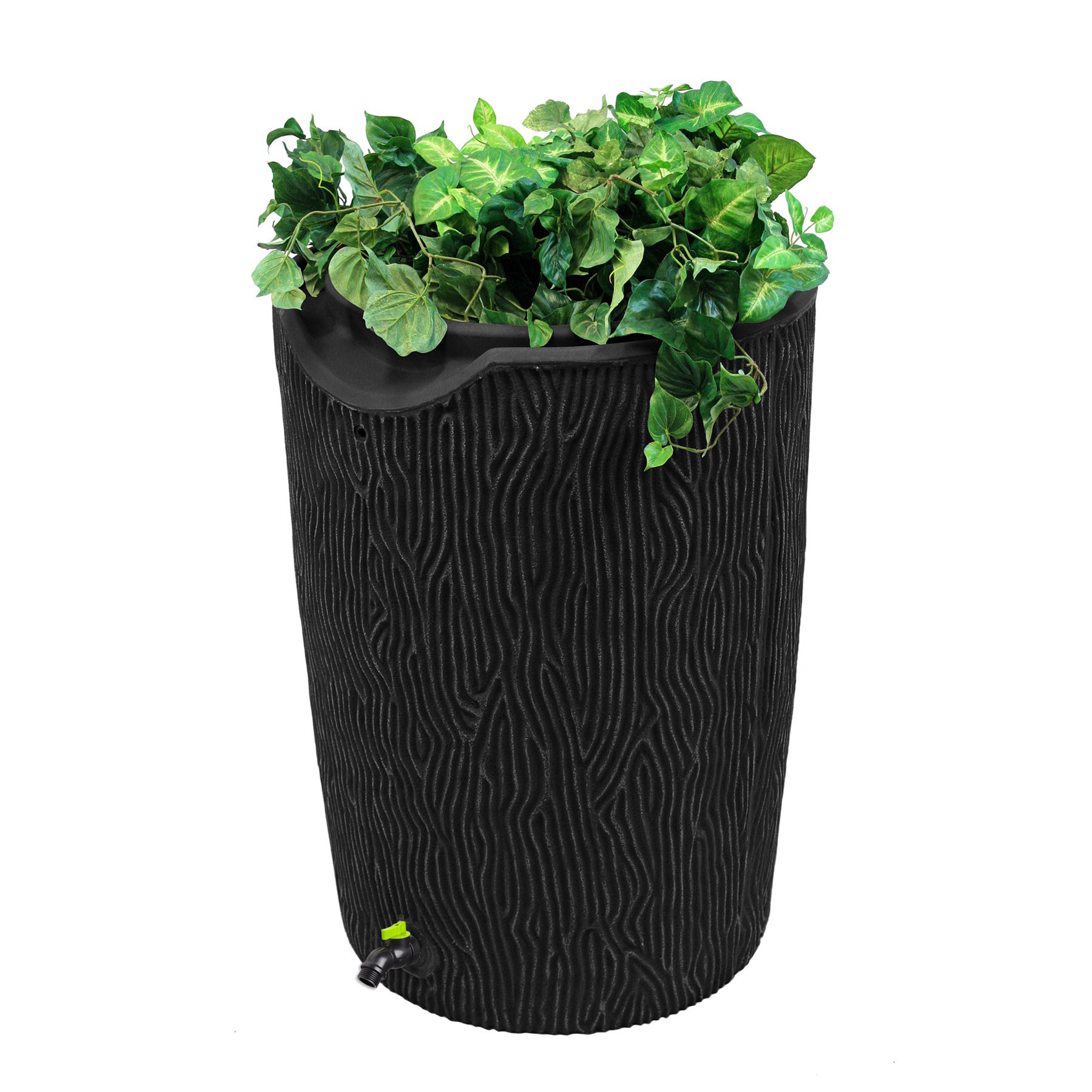Montana is a state with a rich natural environment, but it also has unique laws governing rainwater collection. According to World Population Review, Montana is one of the few states where it is illegal to collect rainwater. But despite this, there are ways to practice rainwater harvesting in Montana that are legal and beneficial for the environment.
In this post, we’ll explain why rainwater collection is important, how to get started, and what the regulations are in Montana.
Why Rainwater Collection is Important:
Rainwater collection is important for several reasons. First, it can help reduce water bills and save money. Instead of relying on municipal water sources, you can collect rainwater and use it for outdoor irrigation, washing your car, or other non-potable uses.
Second, rainwater harvesting can help reduce runoff and erosion. When rain falls on impervious surfaces like concrete or asphalt, it can’t soak into the ground, so it flows into storm drains and can cause flooding and erosion. But if you collect the rainwater in a rain barrel or other container, you can reduce the amount of runoff and erosion.
Third, rainwater is free of chemicals like chlorine and fluoride that are commonly found in municipal water supplies. This makes it a great option for watering plants, as well as for other non-potable uses.
How to Get Started with Rainwater Collection in Montana:
If you’re interested in rainwater harvesting in Montana, there are a few things to keep in mind. First, it’s important to note that Montana has unique laws around rainwater collection, so it’s important to follow the regulations to ensure you’re not breaking any laws.
According to the Montana Department of Natural Resources and Conservation, it is legal to collect rainwater from rooftops for non-potable uses like irrigation, as long as the collection does not interfere with someone else’s water rights or with a water source that is used for domestic, commercial, or industrial purposes.
To get started with rainwater harvesting, you’ll need to purchase a rain barrel or other container to collect the water. You can find these at most home improvement stores or online. Make sure the container is food-grade and has a screen to keep out debris and insects.
Next, you’ll need to position the container under a downspout on your roof. Make sure the container is level and secure, and that it has a spigot or other outlet for accessing the water.
Once your container is in place, you’ll need to monitor it regularly to make sure it doesn’t overflow and that the water stays clean. You can use the collected rainwater for watering plants, washing your car, or other non-potable uses.
Regulations for Rainwater Collection in Montana:
As mentioned earlier, Montana has unique laws around rainwater collection. It is illegal to collect rainwater from a stream or other water source without a permit, and it is also illegal to collect rainwater for potable uses without a permit.
Additionally, if you are using a well for your water supply, you may need to obtain a permit from the Montana Department of Natural Resources and Conservation if you plan to collect rainwater from your roof.
Conclusion:
Rainwater collection is a great way to save money, reduce runoff and erosion, and use a free source of water that is free of chemicals. While Montana has unique laws around rainwater collection, it is still possible to practice rainwater harvesting in a legal and beneficial way.
By following the regulations and using a rain barrel or other container, you can collect






